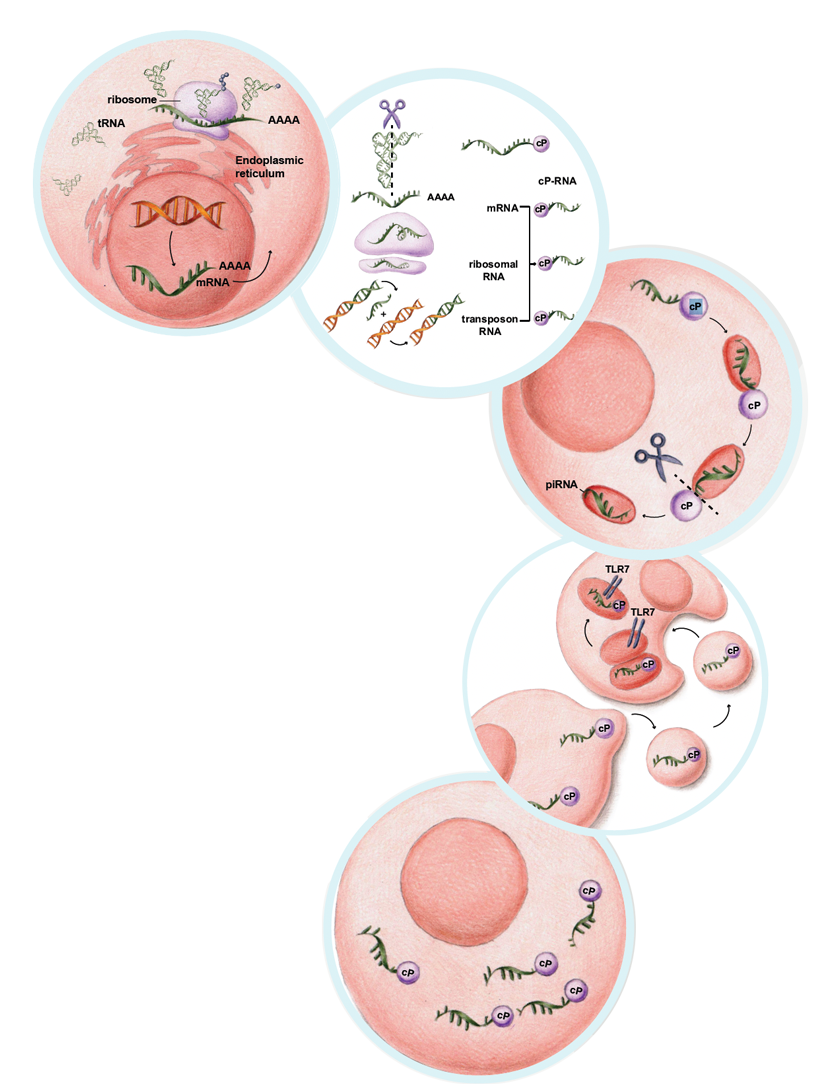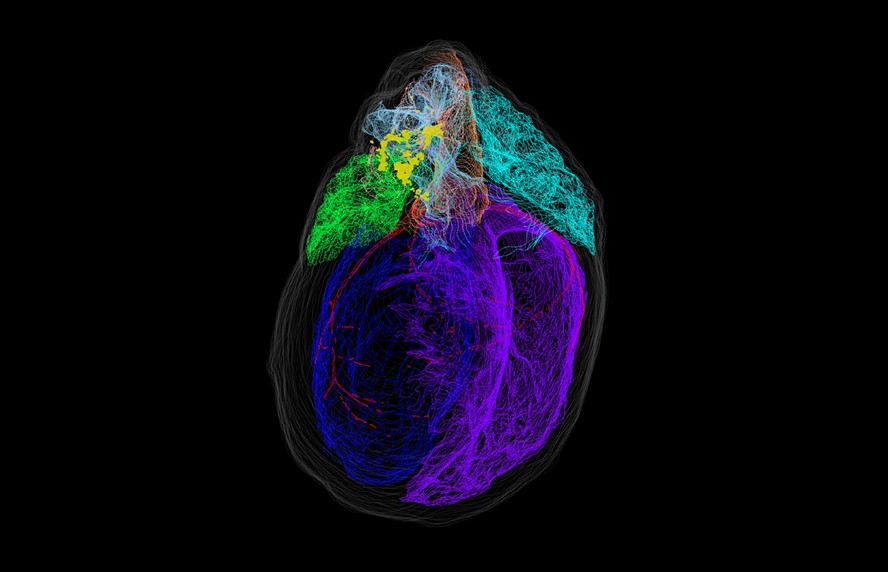It was the beginning of March 2020, and Chelsea Torres had just returned home to Philadelphia from college for spring break. A few days into her stay, everything changed. Whispers of a deadly pathogen had turned into full-throated cries of caution, and the country went into lockdown. Chelsea and her parents were alarmed when they began to feel unwell—vague symptoms that they probably would have chalked up to a cold in any other circumstance. But amidst the novel coronavirus, they didn’t want to take any chances, and hastened to get tested. An agonizing few days of waiting confirmed their suspicions—they had COVID-19. Soon, they began to hear of more cases in their tight-knit Latino community. Many of their family members and friends had underlying health conditions and/or were essential workers and therefore at higher risk of contracting the virus—it was the first glimpse into the disproportionate impact COVID-19 would have on the community. Like many in the diaspora with relatives living abroad, they also grew concerned about their family back in the Dominican Republic.
Over the next few days and weeks, Chelsea and her parents navigated the uncertainties of trying to get care. This meant using telemedicine, which many healthcare centers had transitioned to. Chelsea used her smart phone and computer routinely, and had already adjusted to online learning; using telemedicine didn’t daunt her. But her parents weren’t as accustomed to technology, and needed her help accessing patient portals and setting up video visits. There was something else that was holding them back that Chelsea couldn’t quite put her finger on; it seemed like mistrust and apprehension about this new form of medical care.
A couple of miles away at Jefferson Health, Kristin Rising, MD was noticing something similar.
The Digital Divide Includes Access & ‘Readiness’
“It was all hands on deck,” recalls Dr. Rising, an emergency medicine physician and clinical researcher.
An onslaught of patients sickened by the coronavirus was quickly filling up the clinic; meanwhile those with chronic illnesses and other health concerns still needed care. Fortunately, Jefferson Health had been honing its telehealth platform— JeffConnect—since its launch in 2015, and was poised to expand the service.
“Our call volumes tripled overnight,” says Anna Marie Chang, MD, an emergency medicine physician working closely with Dr. Rising, and a core member of the JeffConnect team. “We trained more than a hundred doctors across the enterprise to handle the influx.”
Even as telemedicine skyrocketed during this first wave of the pandemic, there were many patients who didn’t have the resources to access it. A glaring spotlight was put on the ‘digital divide’ that particularly impacts patients of lower socioeconomic and educational status, communities of color, those who are older, or living in rural areas. These were the same communities that were being hit hardest by the pandemic. Without addressing the lack of access, telemedicine could worsen the impact of COVID-19 and existing health disparities.
"It's about a mind shift that we as healthcare providers have to help people get through."
- Dr. Rising
As part of the Coronavirus Aid, Relief, and Economic Security (CARES) Act, Jefferson Health received funding from the Federal Communications Commission (FCC) (as well as from the Philadelphia Mayor's Fund, TD Bank, and Aetna/CVS) to expand their telehealth-related services. Dr. Rising led the application of the CARES funds which were used to purchase iPads and remote monitoring devices to give to patients who didn’t have devices at home. But she and her colleagues soon realized there was another challenge.
“Enabling access to devices didn’t mean patients were automatically going to make a telehealth appointment the next day,” she explains. “It was clear that many patients just weren’t comfortable using telehealth, and we needed to find out why.”
Dr. Rising started delving into research published on ‘the digital divide’ in an effort to guide solutions. She came across the term ‘digital readiness’—it was a concept that encompassed the complexities surrounding the use of technology and addressed three main questions:
- Does a person have access to a device/ technology, and the skills or knowledge to use it?
- Does a person accept the technology as a relevant tool for its designated purpose, e.g. online learning or telemedicine?
- Does a person trust the technology?
These questions provided a framework for understanding nuances that drive patient behavior, like those Chelsea observed in her parents.
“For so long we’ve thought about the digital divide mainly in terms of access and knowledge,” says Dr. Rising. “This concept of ‘readiness’ shows us that it’s more about a mind shift that we as healthcare providers have to help people get through.”



